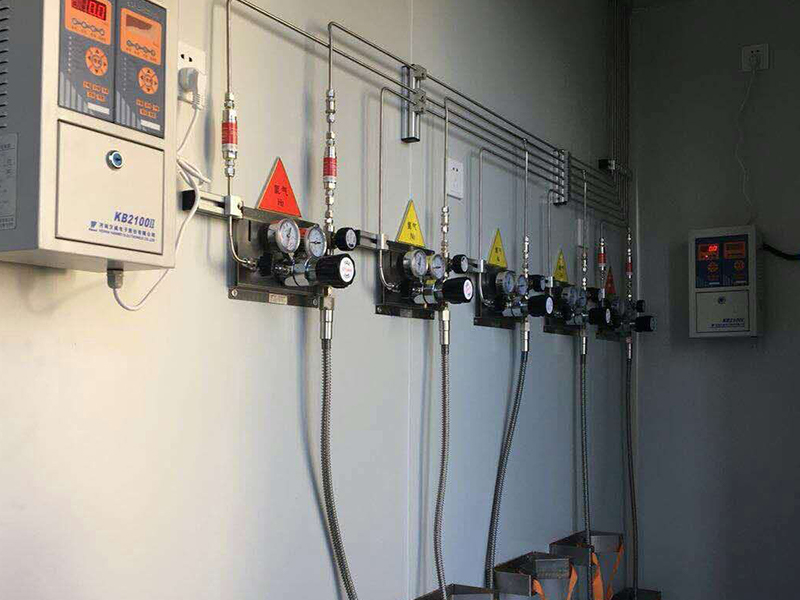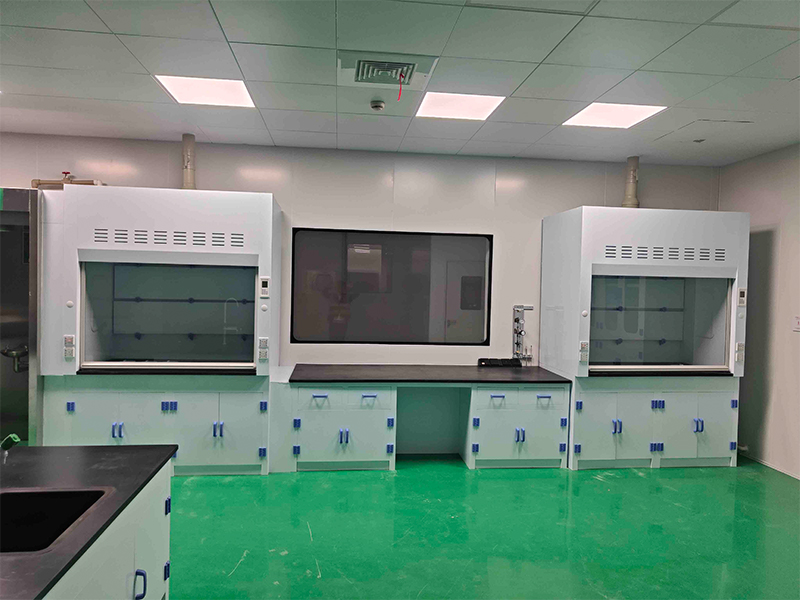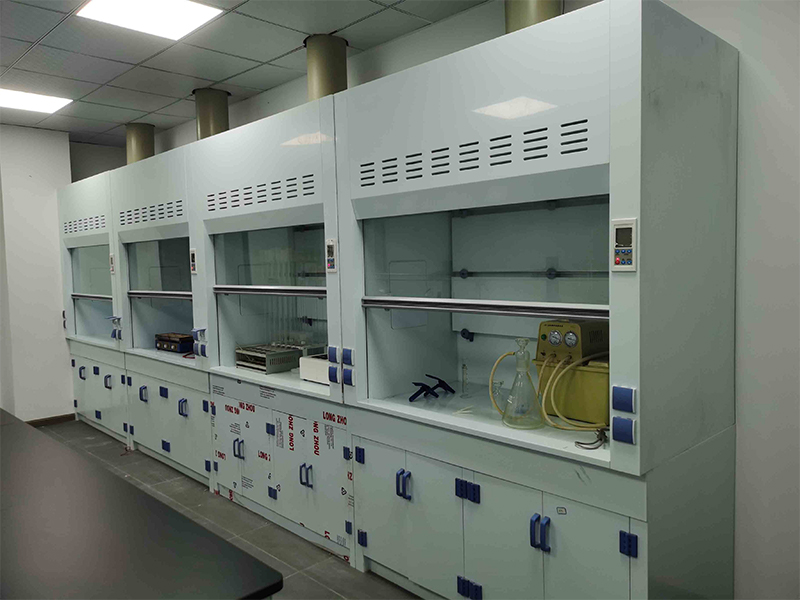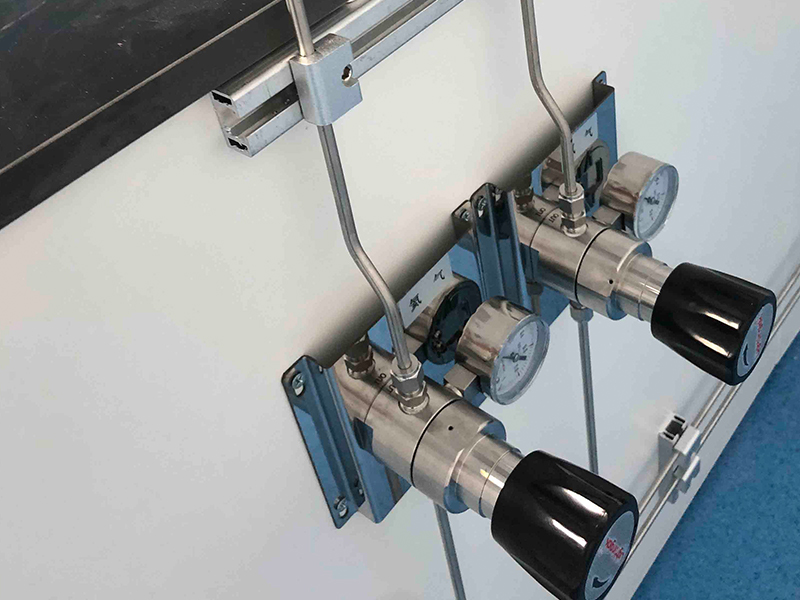Let’s get real for a sec—if your lab’s gas piping quits on you, say goodbye to productivity and hello to chaos. Even the fanciest setups start acting up eventually, but don’t panic. If you know what to look for, most problems aren’t rocket science to fix.
Gas Leaks
Leaks? Yikes. Probably enemy number one in any lab. Usually it’s some crusty old seal, a connection that wasn’t tightened right, or pipes rusting away when no one’s looking. Wanna catch it before you’re starring on the nightly news? Hit your system with regular checks—make it routine. Pressure decay tests, the old soapy water trick, or if you’re feeling high tech, helium leak sniffers. If something’s busted, swap it—don’t debate, just fix it.
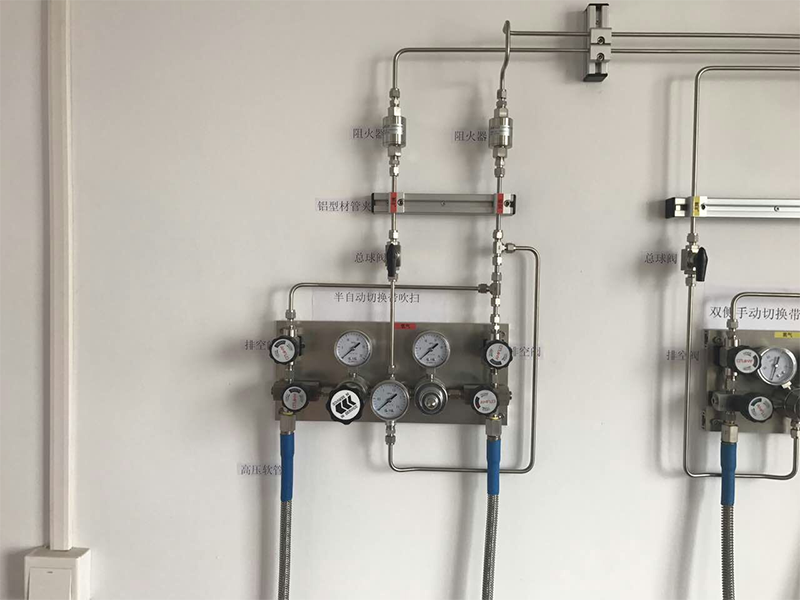
Pressure Fluctuations
Ever noticed the pressure’s jumping around like a caffeinated squirrel? Super annoying. Blame it on regulators dying, filters clogged with who-knows-what, or just asking for more gas than you’ve got to give. Start with the easy stuff: check your regulator settings, yank out filters and clean or replace ‘em, and doublecheck—are you trying to run more gadgets than your line can handle? Don’t be that person.
Blockages and Flow Hassles
Low flow? Yeah, that’s not normal. Probably gunk, rust chunks, or some clumsy install job back when dinosaurs roamed the Earth. Junk in the lines means you’re not getting the gas you paid for. So, get those pipes flushed now and then, use materials that won’t rust out in a month, and stop blockages before they even think about showing up.
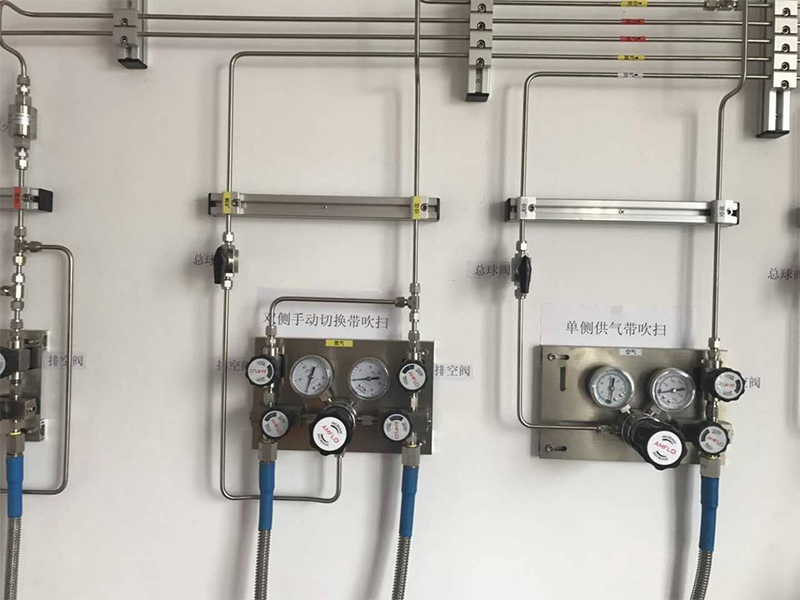
Bad Ventilation
No airflow = dangerous. If gas starts filling up the room, you’ve got a real problem, not just a smelly one. Make sure fans aren’t dead, exhaust isn’t blocked, and for the love of lab safety, install gas alarms. You want alerts before things get ugly, not after.
People Problems (a.k.a. Docs and Training)
Look, you can have the world’s best gear and still mess up if nobody knows how to use it. Keep your manuals and inspection logs up to date. Actually train people—they shouldn’t just be winging it ‘til something explodes.
Bottom line? Stay on top of inspections, maintenance, and training, and you slash your odds of a gas disaster. Be lazy, and you’re asking for a mess. Safety first, paperwork second, heroics never. That’s how you keep your lab (and everyone in it) in one piece.

